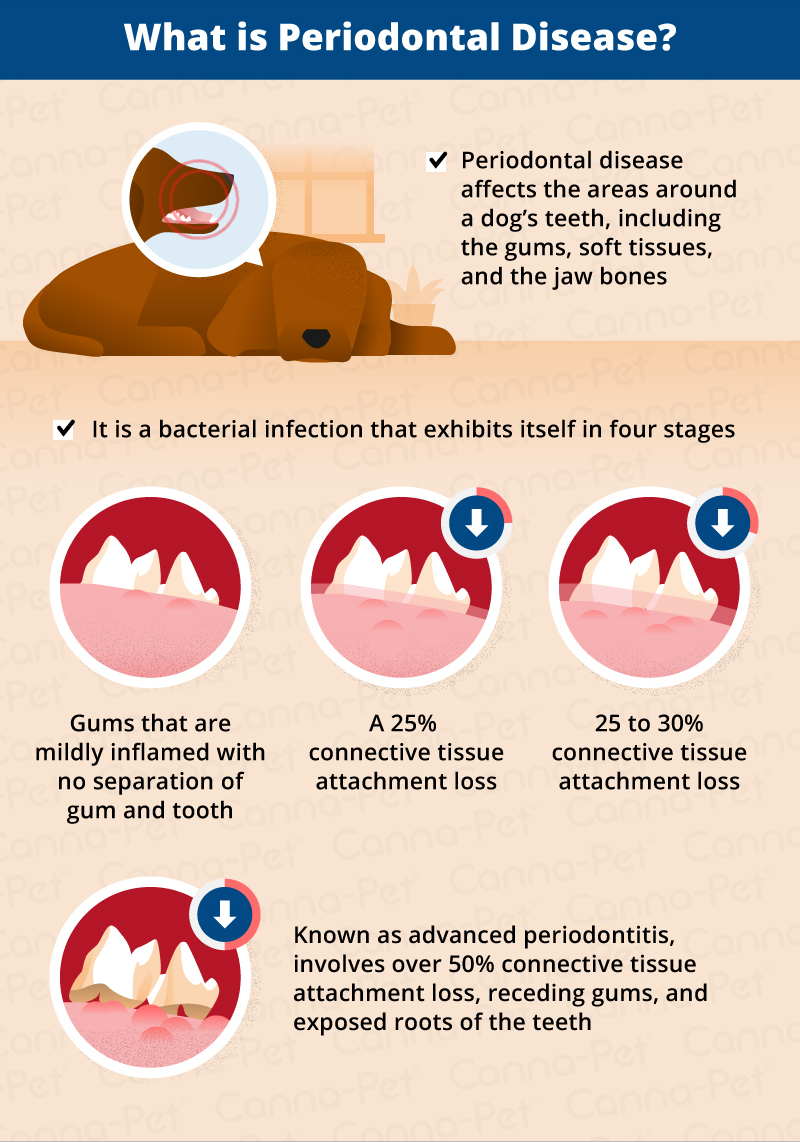

Despite its widespread use, IOR has limitations that might underestimate or provide insufficient information to allow clinicians to accurately diagnose disease ( 3, 4). Intraoral radiology (IOR) has traditionally been the imaging modality used in veterinary dentistry to diagnose dental pathoses ( 1, 2). Agreement between observers evaluating CT ranged from fair to very good (κ 0.35–1) for detecting signs consistent with periodontitis and from fair to very good (κ 0.36–1) for detecting signs consistent with endodontic disease, in the whole mouth. Agreement between observers evaluating intraoral radiology ranged from poor to very good (κ 0.05–1) for detecting signs consistent with periodontitis and from fair to very good (κ 0.36–1) for detecting signs consistent with endodontic disease, in the whole mouth. Agreement between modalities for detecting signs consistent with endodontic disease in the whole mouth ranged from fair to very good (κ 0.21–1.00) with 30/42 (71%) of the teeth having a score of moderate or better (κ ≥ 0.41). Agreement between modalities for detecting signs consistent with periodontitis in the mandibles ranged from poor to very good (κ 0.01–1.00) with 10/22 (45%) of the teeth having a score of good or better (κ ≥ 0.61) 50% of the disagreement was present in the incisors. Agreement between modalities for detecting periodontitis in the maxillae ranged from poor to very good (κ 0.07–1.00) with 16/20 (80%) of the teeth having a score of moderate or better (κ ≥ 0.41).


 0 kommentar(er)
0 kommentar(er)
